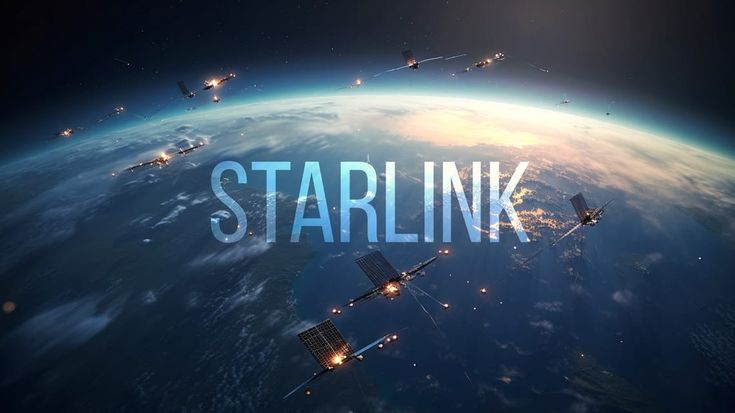Starlink Network and the Future of Space Communication
In the vastness of the universe, communication has always been one of the biggest bottlenecks in human exploration. Whether it is ships sailing across distant oceans or spacecraft operating in low Earth orbit, all depend on stable networks to transmit data. However, traditional communication methods suffer from limited coverage and high latency. The emergence of the Starlink network has opened an entirely new window for space communication.

A Celestial Web of Connectivity
Imagine thousands of satellites forming a giant web around Earth, each one a node linked seamlessly to the others. This low-orbit satellite constellation can provide near-seamless global coverage. Unlike traditional ground-based stations, it is not restricted by geography—signals can reach polar ice fields, deserts, or the middle of the ocean. For people on Earth, this means true connectivity everywhere. For future space explorers, it represents the crucial first step toward interstellar communication.
Latency No Longer a Nightmare
In space communication, latency has long been the greatest enemy. Traditional high-orbit satellites are positioned so far from Earth that signals take much longer to travel, making real-time communication nearly impossible. Low-orbit Starlink satellites dramatically reduce this distance, slashing latency. Imagine astronauts engaging in near-instant conversations and data exchanges with scientists on Earth, instead of waiting seconds or even minutes for feedback. This shift in experience will significantly improve the efficiency and safety of space missions.

A Data Highway in Space
The Starlink network is not limited to Earth; it also holds the potential to become a “data highway” for space. Future space stations, lunar bases, and even Mars probes could rely on this network for information transfer. Scientific data streaming in real time, remote medical consultations, and even personal communication between astronauts and their families would all be supported by this invisible bridge. As information flows freely between Earth and space, humanity’s steps toward exploration will become stronger and more confident.
Where Commerce Meets Science Fiction
Starlink’s promise extends beyond science—it carries enormous commercial opportunities. Space tourism, deep space exploration, and satellite services all require robust communication systems. It is even possible to imagine future spacecraft equipped with high-speed internet, where passengers can stream videos or join meetings while orbiting Earth. Scenarios once confined to science fiction are beginning to materialize. The blending of technology and commerce positions Starlink not just as an engineering feat, but also as a vital piece of the future economic landscape.

A Network for the Universe
As humanity turns its gaze from Earth to the stars, the need for communication naturally expands beyond the atmosphere. The Starlink network may well be the first step toward building a true “interplanetary internet.” One day, when colonies exist on Mars, they could remain closely connected to Earth through this extended network. By then, information will no longer be bound by distance but will act as the nervous system linking the entire solar system.
The Starlink network is not merely a technological breakthrough—it is also a symbol of ambition, representing humanity’s determination to push forward in space exploration. Just as the telegraph once closed the gap between cities, Starlink is now closing the gap between Earth and the cosmos. The future of space communication will no longer remain a dream of engineers, but will become a shared reality for all.
(Writer:Dick)





